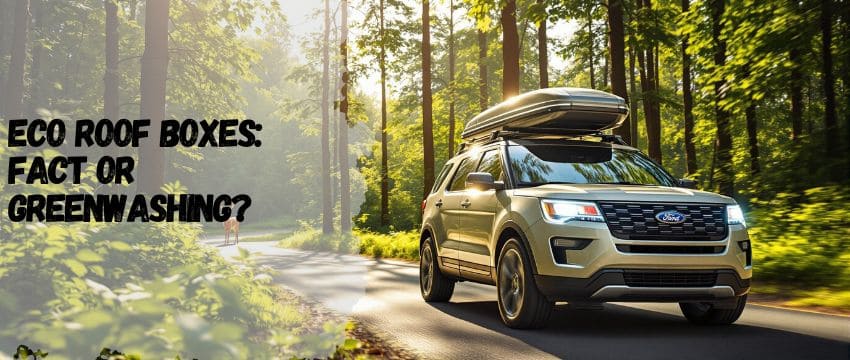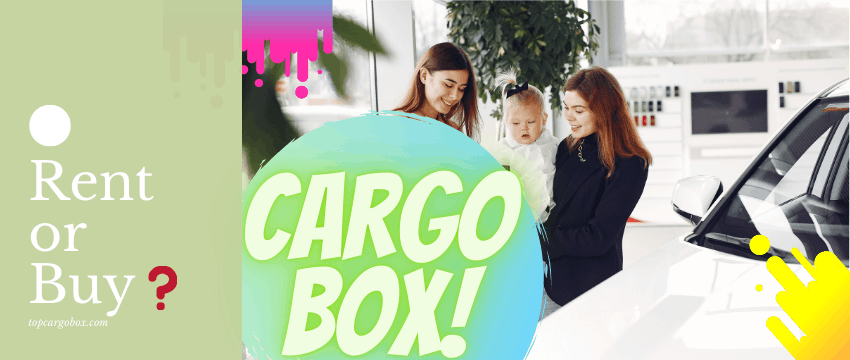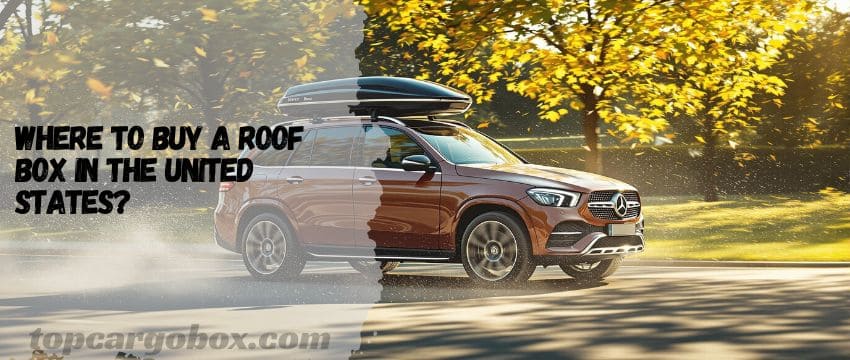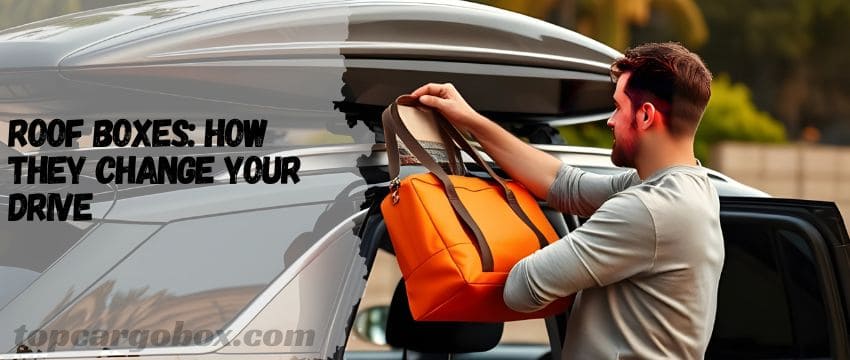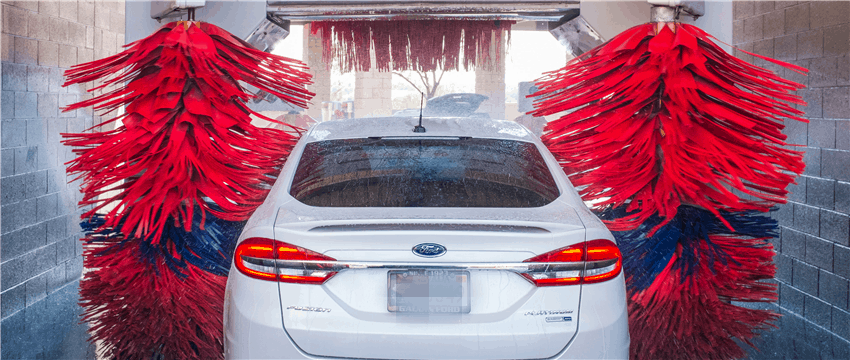Hey there, planet protector! You’re all about reusable straws and LED bulbs, but what about that roof box strapped to your car? Turns out, most are made from plastics that’ll outlive your grandkids. Yikes. Let’s unpack whether “eco-friendly” roof boxes are legit—or just another marketing trap.
The Ugly Truth About Traditional Roof Boxes
How’s it going, eco-warrior? Most roof boxes are made from ABS plastic or fiberglass—materials that take 500+ years to decompose. Worse, producing them spews 4-6 tons of CO₂ per ton of plastic. For real? Yep. And recycling ’em? Almost impossible because of mixed materials. That sucks, but don’t panic yet. Sustainable options are creeping in.
What Makes a Roof Box “Eco-Friendly”?
Materials Matter (Duh)
Look for boxes made from recycled plastics, bio-composites, or reclaimed fibers. Brands like RoofBloom use 60% recycled ABS, cutting carbon footprints by 30%. Thule’s new “EcoLine” blends algae-based polymers. Wild, right?
Durability = Less Waste
A flimsy box that cracks in 2 years isn’t eco-friendly, even if it’s “green”. The real MVP? Materials that last 10+ years. Yakima’s carbon-fiber-reinforced boxes? They’re built like tanks but weigh less, saving fuel.
Circular Economy Hacks
Some brands now take back old boxes for recycling or refurbishing. RoofBox Co. in the UK offers 20% off new purchases if you return your clunker. That’s lit!
Current Eco-Friendly Options (That Don’t Suck)
Recycled Plastic Heroes
RoofBloom’s TerraBox uses ocean-bound plastics and recycled car parts. It’s 15% heavier than regular ABS but guilt-free. No way!
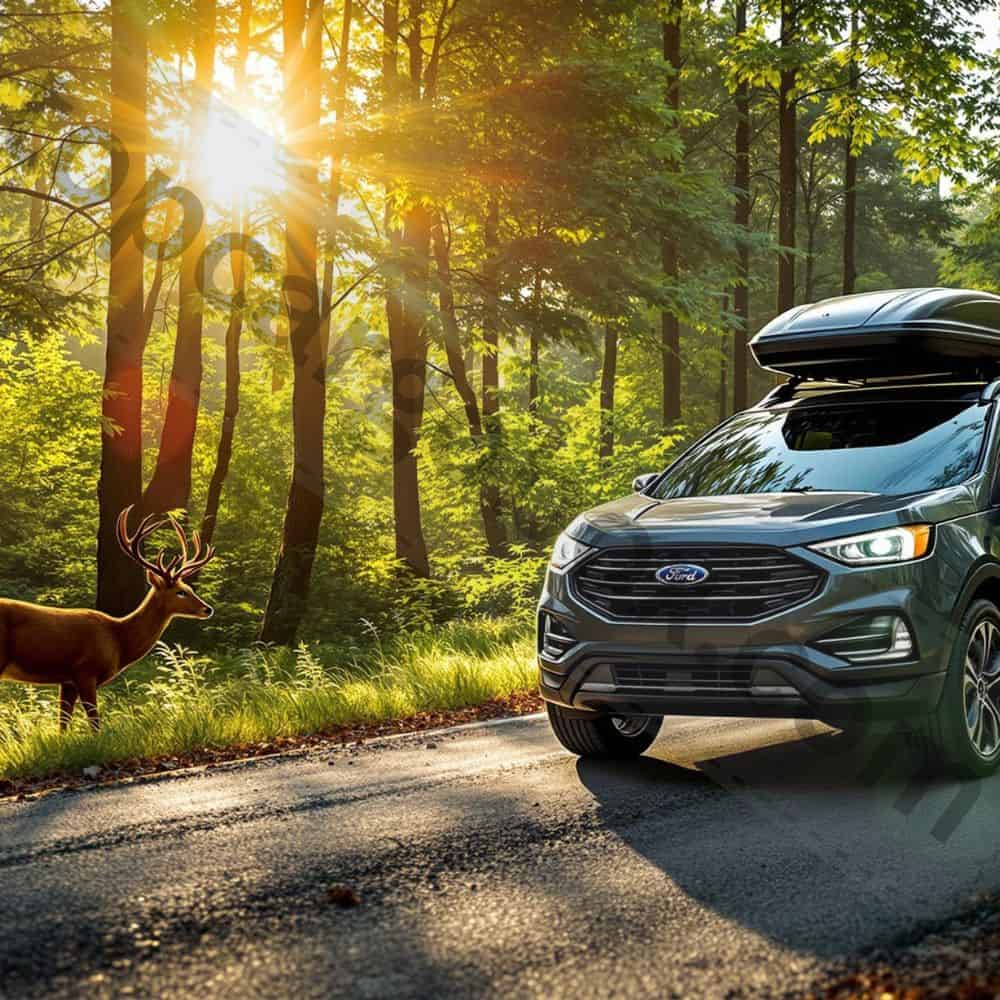
Bamboo & Hemp Surprises
Startups like GreenRide are testing bamboo frames wrapped in hemp resin. They’re lighter than plastic and fully compostable… if you ignore the metal hinges. Fair enough.
Aluminum’s Comeback
Aluminum boxes (like Front Runner’s) aren’t new, but recycled aluminum cuts emissions by 95% vs. virgin material. Rust-prone? A little, but they’re indestructible.
The Greenwashing Trap
Are you kidding me? Some brands slap “eco” on boxes that are just slightly less toxic. Always check for certifications like Cradle to Cradle or Bluesign®. No third-party stamp? Sus.
DIY Eco-Upgrades for Existing Boxes
Wrap It in Recycled Vinyl
Stuck with an old box? 3M’s recycled vinyl wraps hide cracks and reduce UV damage. It’s not perfect, but it’s cheaper than replacement.
Reinforce with Upcycled Parts
Replace broken latches with salvaged metal hardware. Who knew your grandma’s toolbox could save the planet?
The Big Trade-Off: Cost vs. Impact
Eco-boxes cost 20-40% more upfront. But consider this: A $600 sustainable box lasting 12 years beats a $400 plastic one replaced every 5 years. Math for the win!
Brands Actually Walking the Talk
Thule’s EcoLine
Thule’s using algae-based plastics and recycled metals. Their boxes are pricier but come with a 10-year warranty. Dude, yes.
Yakima’s Renew Program
Yakima resells refurbished boxes with new eco-friendly parts. Save 30% and skip the landfill? I’m down.
RoofBloom’s Zero-Waste Push
This indie brand plants 10 trees per box sold and uses 100% recycled packaging. That’s crazy! (In a good way.)
The Future: Compostable Boxes?
Can you imagine a roof box you can bury after it dies? Startups are testing mycelium (mushroom) frames and seaweed coatings. It’s a long shot, but we’re here for it.
Should You Buy One?
If you road trip monthly, an eco-box pays off. For occasional use? Revamp your old gear instead. Every bit helps, right?
Wrap-Up: Green Without the Glitter
Catch you later, plastic nightmares! Whether you buy new or DIY, just think twice before adding to the waste pile. Mother Nature’s riding shotgun now.
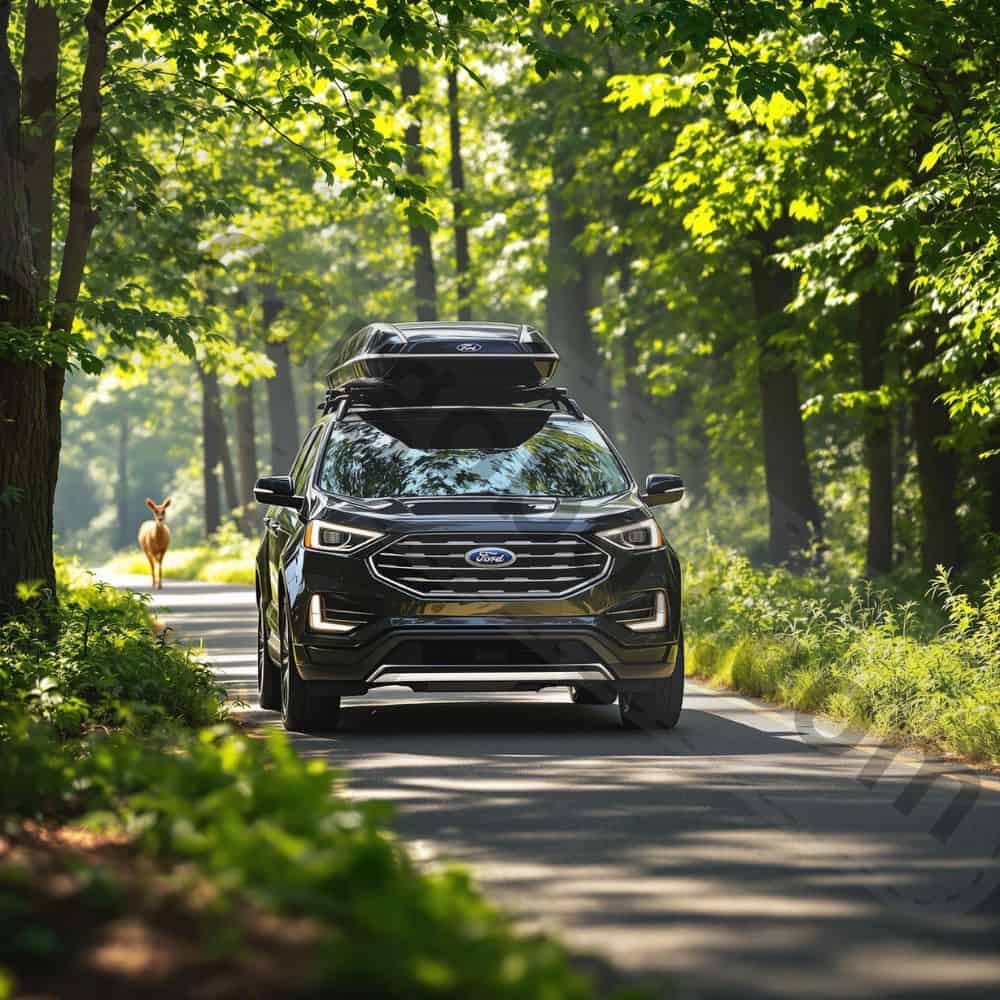
Eco Roof Box Specs
| Feature | Details |
|---|---|
| Materials | Recycled ABS, algae plastics, bamboo-hemp blends |
| Carbon Footprint | 30-50% lower vs. traditional boxes |
| Lifespan | 8-15 years (with proper care) |
| Cost Range | $400-$1,200 (varies by material) |
| Certifications | Cradle to Cradle, Bluesign®, FSC-certified wood |
FAQs
How to choose a roof box?
Match it to your car’s weight limit (check the manual!). Prioritize aerodynamics if you drive fast. Need eco creds? Look for recycled materials and certifications. Measure your roof’s length to avoid overhangs. And hey, read reviews—real people don’t lie.
Is it worth getting a roof box?
Totally, if you road trip often or have a small car. They free up cabin space and protect gear from weather. But if you’re a once-a-year camper, rent one instead. Eco-boxes cost more but save guilt long-term.
How much MPG do you lose with a roof box?
Aerodynamic boxes drain 10-15% MPG; bulky ones hit 25%. At $3.50/gallon, that’s $0.35-$0.88 extra per mile. Slow down to 65 mph to curb losses. Remove it when not needed—duh.
What is the best brand of roof boxes?
Thule and Yakima lead in durability and eco-innovation. RoofBloom’s great for recycled materials on a budget. For rugged trips, Front Runner’s aluminum boxes are tanks. Always compare warranties!
What is the best roof for your money?
Yakima SkyBox Carbonite: Lightweight, aerodynamic, and $600-$800. Thule Motion XT for premium features at $900+. RoofBloom TerraBox if eco-materials are your jam ($550). Don’t skip the Black Friday sales!
Our team is creating outdoor-gear relevant articles with passion. If our articles can help you to find the correct solutions for your questions, we will be happy about that. In the content creation process, we usually collect accurate and useful information online or offline to compile our content in an organized way. Consequently, we can guarantee that you can discover some expected answers to your questions. We appreciate your time on our site.

